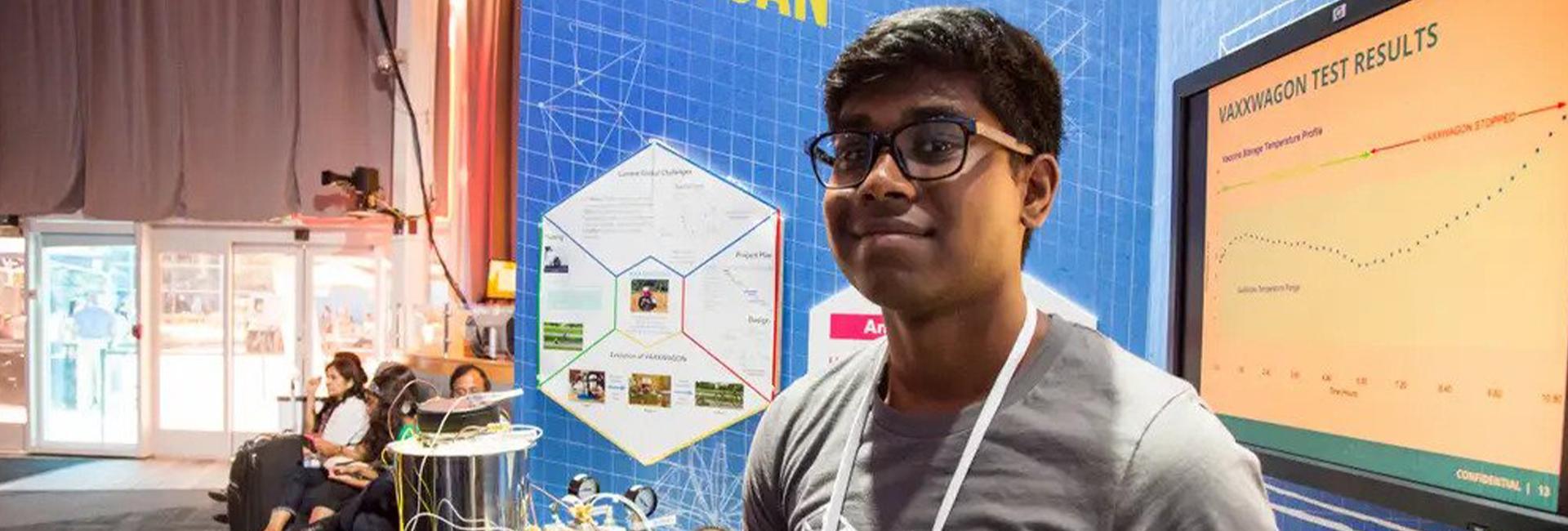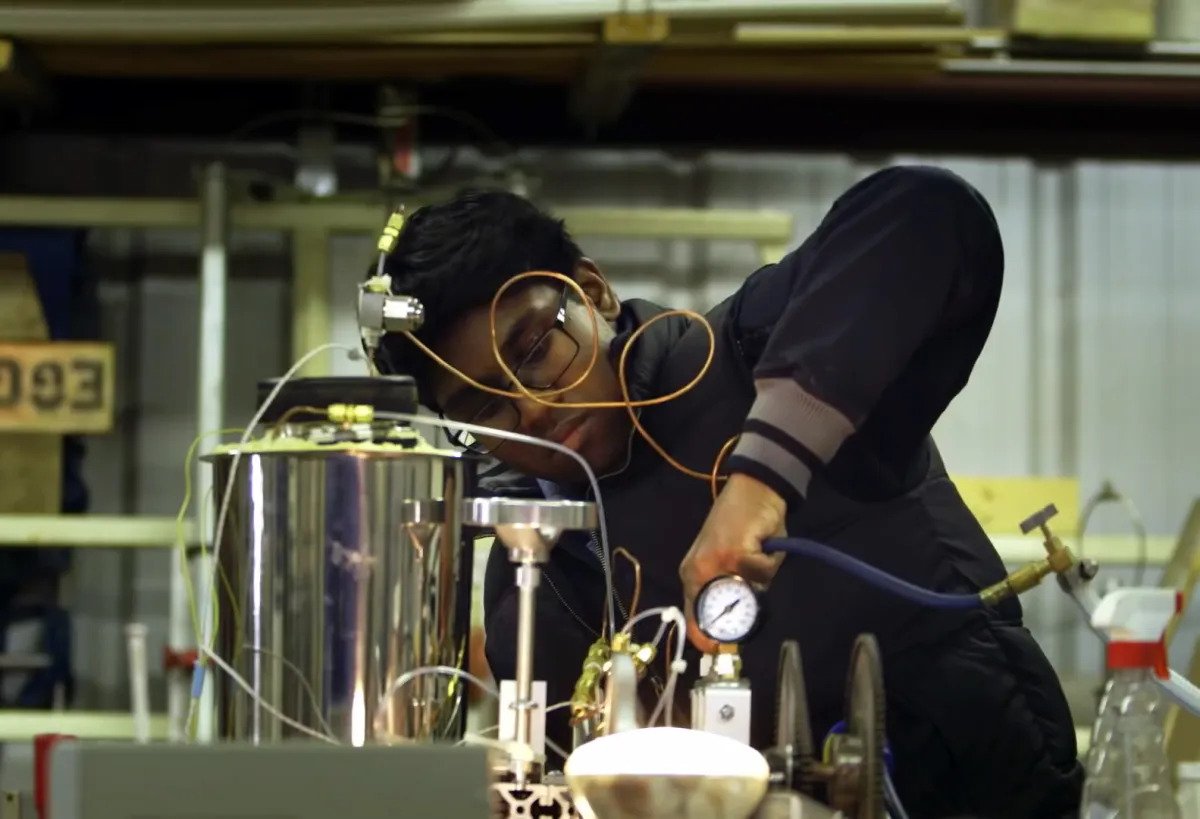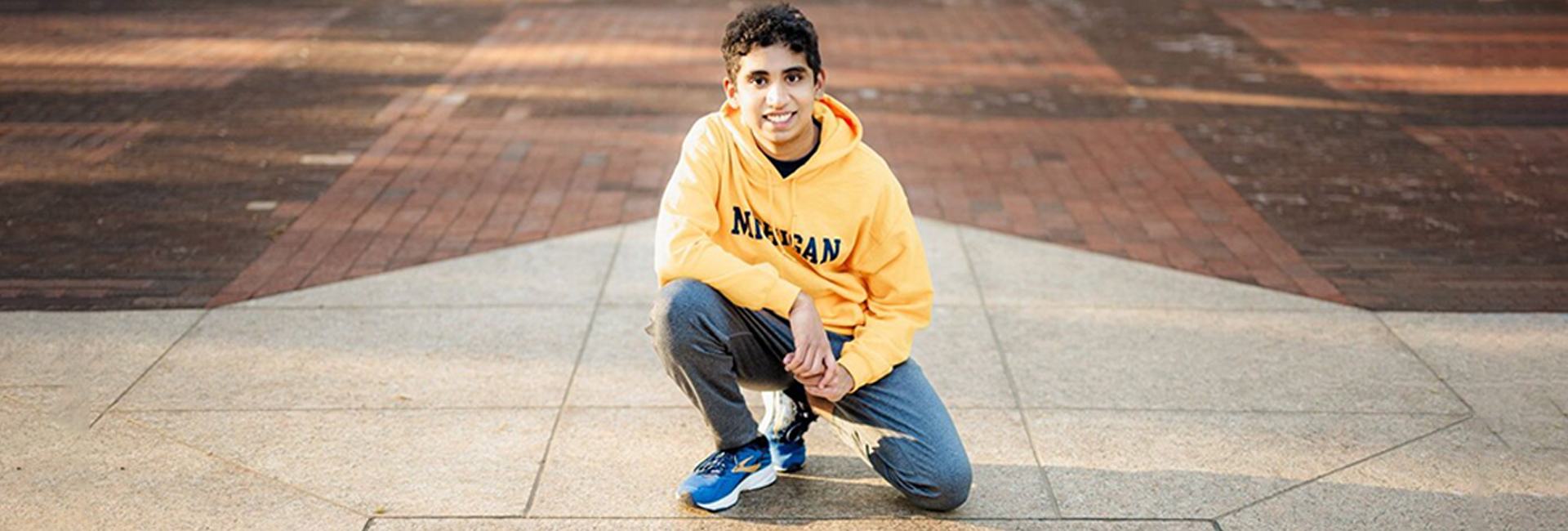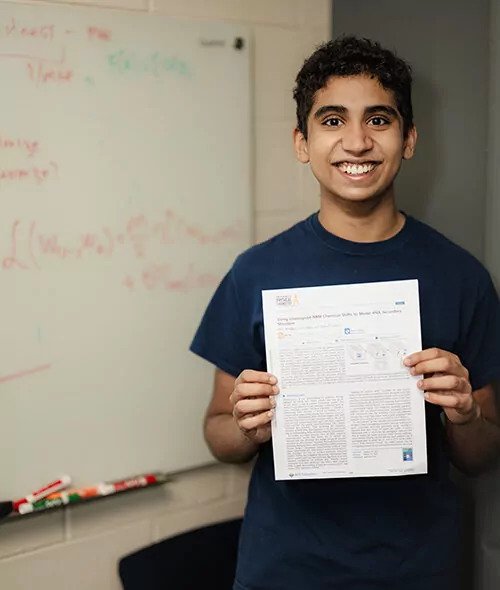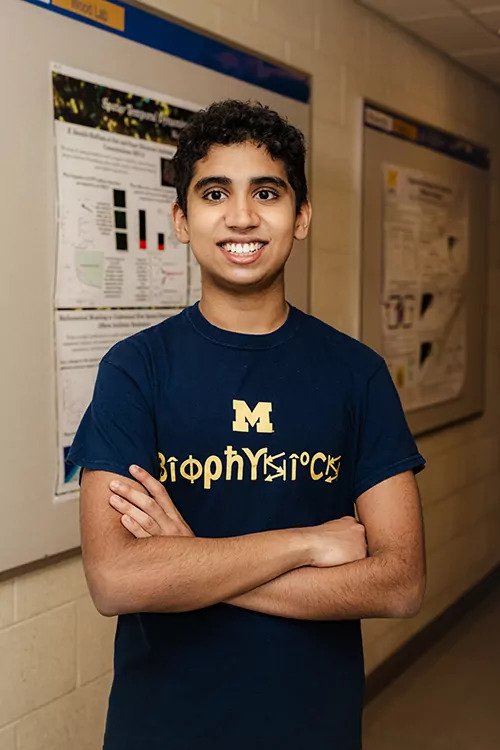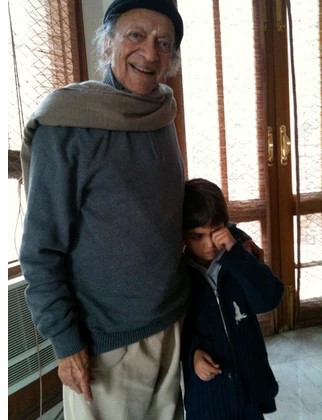(August 3, 2023) In the quiet village of Chalagere in Mundgod Taluk, in Karnataka, a young girl would run around, rather actually sprint, to do her chores, field activities, shopping, and school. And that is where this remarkable tale of courage and determination unfolds, as today that girl – Nayana Kokare – is a national level runner, who has represented India in the Asian U-20 Championships, in South Korea in June 2023 and won a 4x100m relay bronze and secured a fourth position in Asia in 200m.
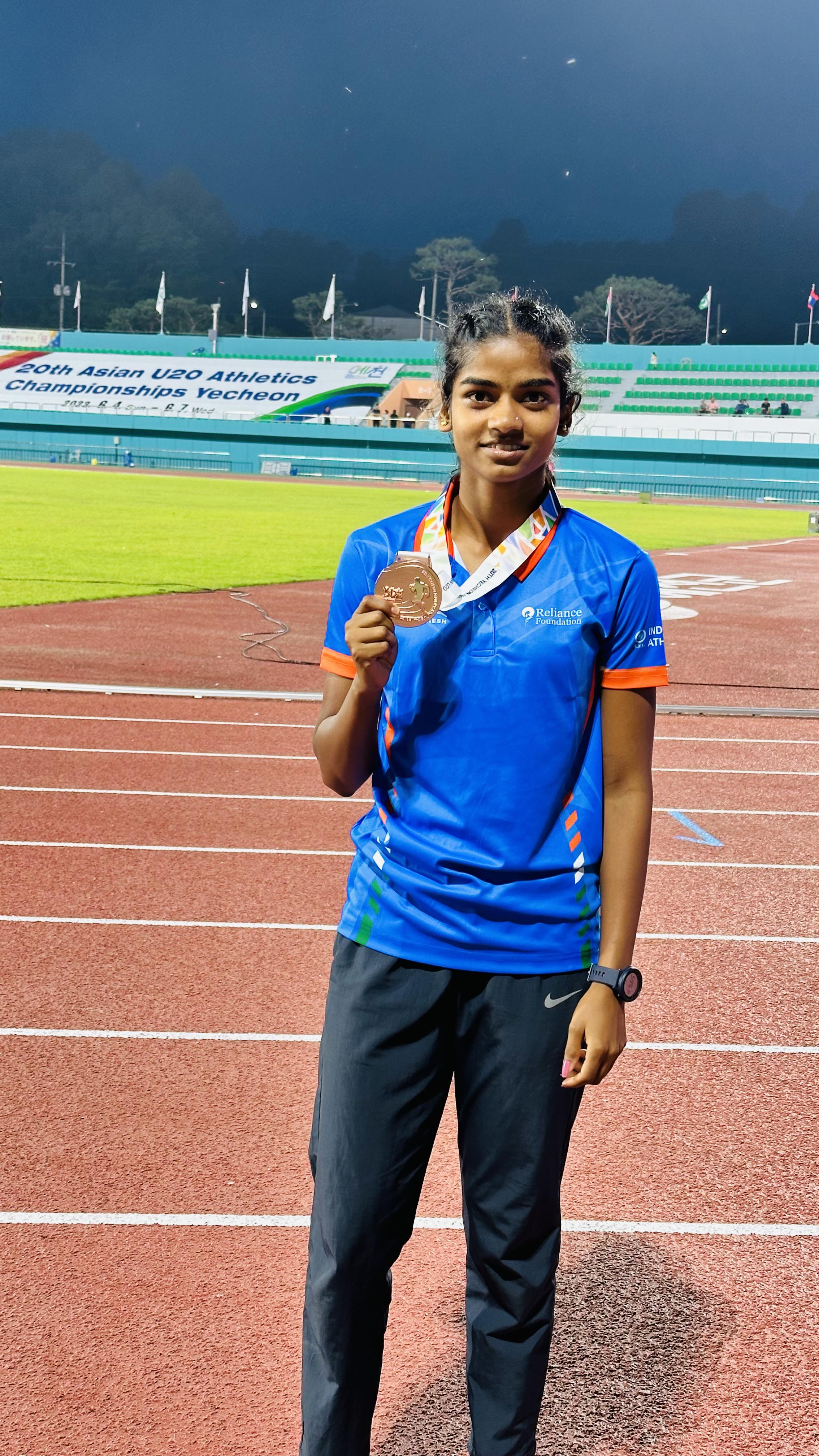
The girl, who would run barefoot in her village, was discovered by a non-profit organization Bridges Of Sports (BOS) during an event. Once this exceptional runner was identified, she received the essential resources and opportunities to participate and excel at the highest echelons of competition. Currently considered to be India’s fastest runner, Nayana sits with Global Indian to talk about her journey and aspirations.
A born fighter
Born in 2004 to a farming family, the runner was the youngest kid with two older brothers and two sisters. Her father is a farmer and her mother goes to work in the fields. Nayana’s early life was a constant hustle. Traveling several kilometres to attend school and participating fervently in school sports, her passion for running bloomed at a young age. “I did my primary schooling in my village itself and as our village does not have a high school, we had to travel 12 km to go to school. I used to participate in the school sports day when I was in 6th and 7th grade, and I absolutely loved running,” says the runner.
Her professional journey really began when she was 16 and there were selection trials in Mundgod organised by an NGO, Bridges of Sports. “I got the opportunity to participate and fortunately, I was selected. The coaches there provided me with a deeper understanding of sports and competition, which ignited a profound love for athletics within me.”
However, it was not all a bed of roses. Once the runner was selected into the program, there were immediate obstacles as her parents were not comfortable with their daughter training in shorts and track attire in the community ground. They were not sure how sports can help her or their family live a better life. “As an organisation, it took us almost the whole of 2019 to work with her and her family to provide them a roadmap of how her life could benefit from sports and her success in athletics. Their family’s average annual income was around 400-550 USD largely dependent on good monsoons. This was one of the main reasons for children from her village and community dropping out of education and supporting their families to earn additional income. We are working with a few international partners to enable and support her training for the Asian Games 2026,” says Nitish Chiniwar, Founder and CEO, of Bridges of Sports Foundation.
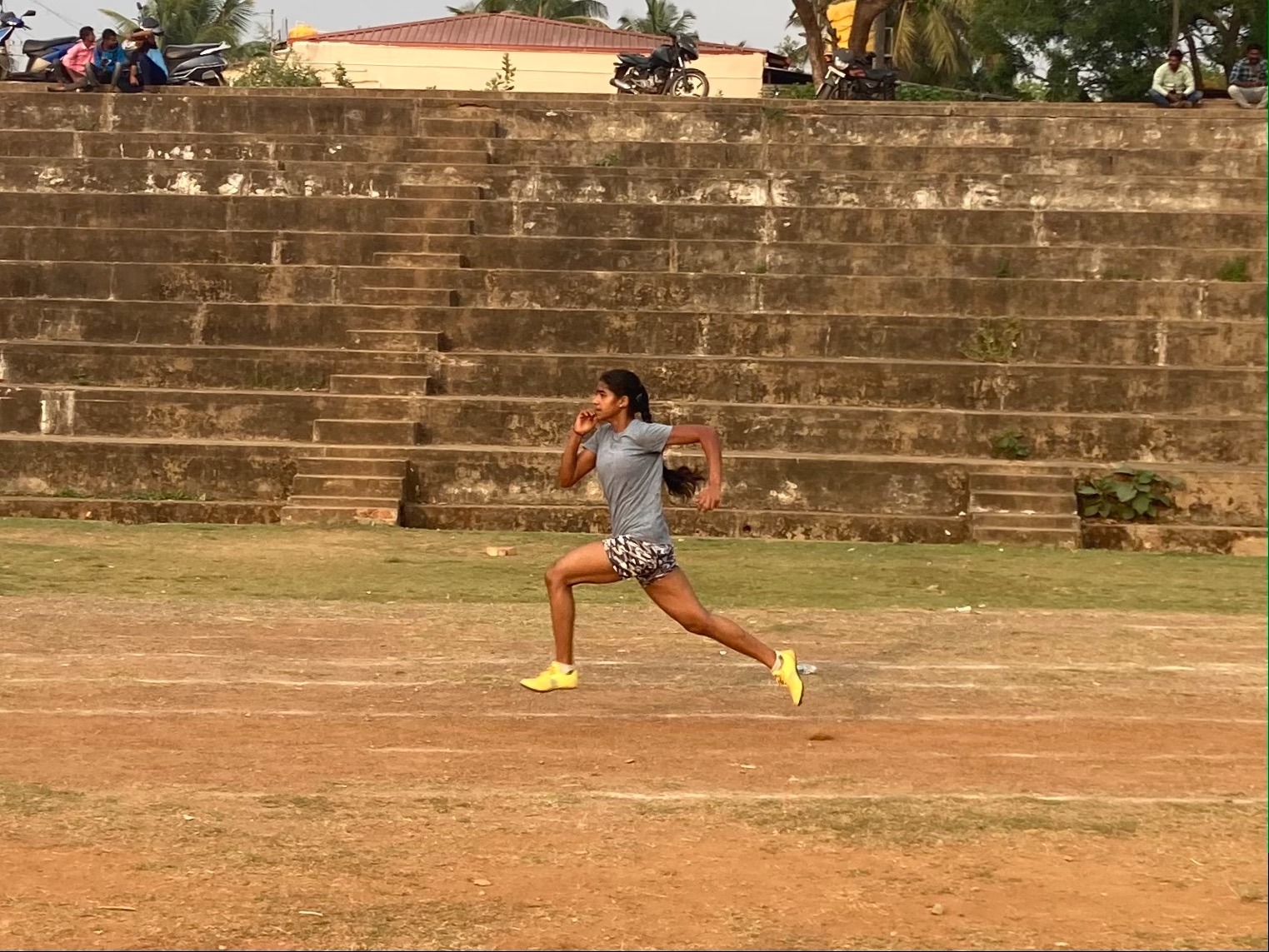

The results are now paying off. She is now recognised as the fastest runner in India, something she is rightfully happy and proud of. “I will do my best, work harder to become faster. Also, I will motivate more athletes to come to sports and train,” the runner plans. Her training involves different sessions for speed, endurance, gym, and cycling, along with sprinting lessons from her coaches as well as psychology sessions. Her diet is more specific to her sport which includes eggs, chicken, milk, and muesli, quantity wise of food. “I miss a lot of foods like Maggi, chicken rolls, and ice cream. Sometimes I miss them more, but once I win a medal it is all worth it,” she smiles.
From fields to podiums
During the pandemic, she faced significant difficulties in maintaining her training regimen. With restrictions in place and limited access to sports facilities, she had to find alternative solutions. “Our hostel rooms, the hostel veranda, and even the gym room became our training spaces. Despite the limitations, we were determined to continue our daily training. In these trying times, our coaches stood by us and provided unwavering support. They stayed with us, ensuring that we received the guidance and assistance we needed. They understood the challenges we faced and went above and beyond to help us adapt to the new circumstances,” says the runner.
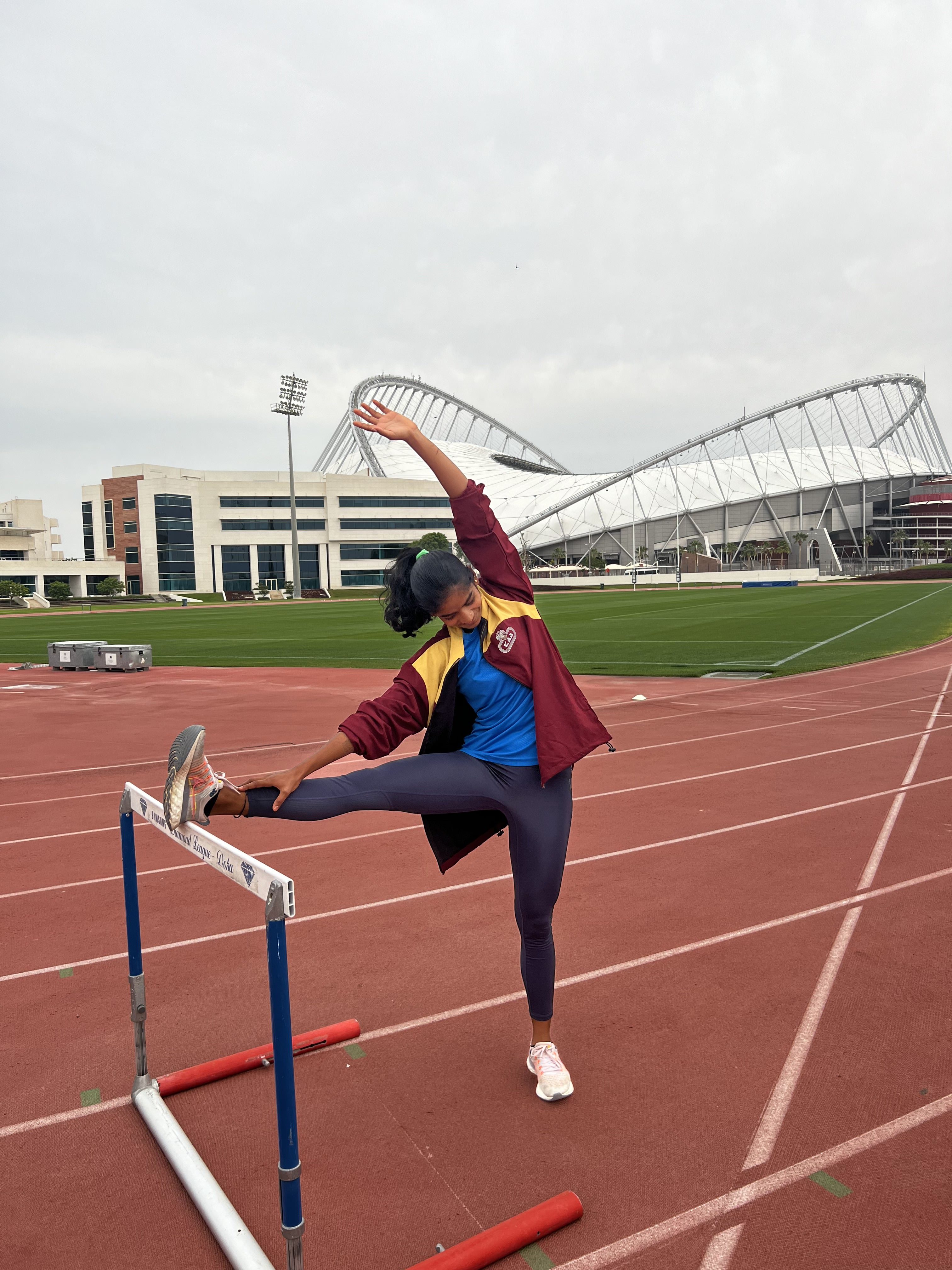

Though the circumstances were not ideal, the team made the most of what they had. “We transformed our living spaces into makeshift training areas and pushed ourselves to maintain our fitness and skills. The dedication and support of our coaches played a crucial role in keeping us motivated and focused on our goals. Through perseverance and teamwork, we overcame the obstacles posed by the pandemic and remained committed to our athletic development,” she recalls.
And that is also how the runner rationalises challenges like missing classes and missing festivals at home outweigh winning which makes her happier and the sacrifices worth it. Looking ahead, she says that she would like to represent India in more international competitions, win more medals, participate in the Olympics, and make the country proud.
“I aspire to inspire and motivate more young children to pursue sports and strive for success. By setting an example through my dedication and achievements, I hope to ignite a spark in their hearts, encouraging them to dream big and work hard towards their own accomplishments. With a strong sense of purpose and determination, I am eager to continue my training, give my best performance, and make a positive impact in the world of sports,” the runner avers. In her spare time, she indulges in drawing, watching videos on YouTube, and ‘roaming around’, in her own words. Until then it is time to celebrate this young prodigy and raise a toast to her success today and in the future.


